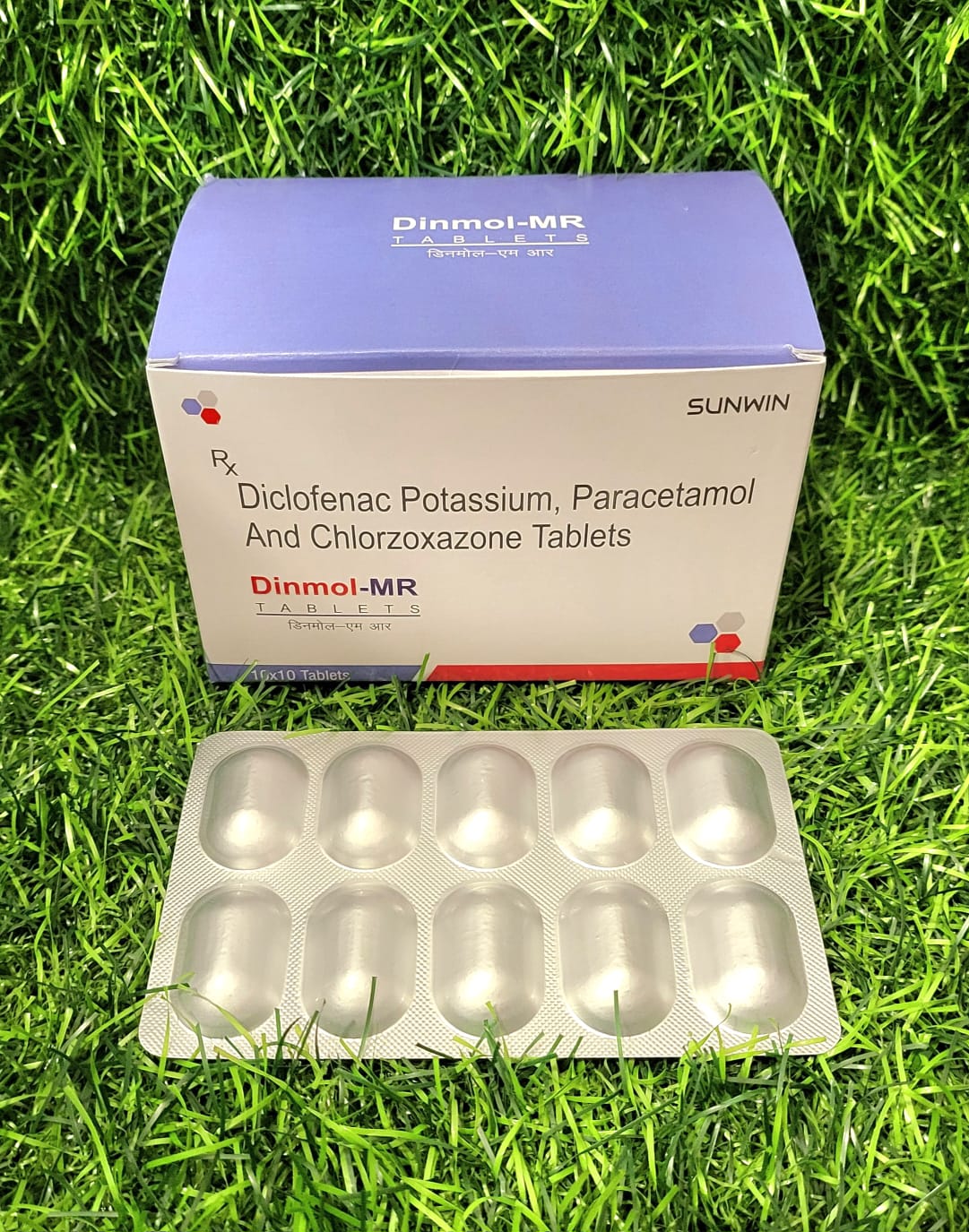Composition:-
Glimepiride 1 mg+ pioglitazone15mg +Metformin 500mg SR
Uses:-
Glimepiride 1 mg + Pioglitazone 15 mg + Metformin 500 mg SR is a combination medication used to manage type 2 diabetes mellitus. This combination targets different aspects of diabetes management: Glimepiride increases insulin secretion from the pancreas, Pioglitazone improves insulin sensitivity in muscle and fat tissues, and Metformin reduces glucose production in the liver and enhances insulin sensitivity. Together, they help achieve better blood glucose control.
Side Effects:-
- Hypoglycemia: Glimepiride can cause low blood sugar (hypoglycemia), especially if meals are missed, delayed, or during excessive physical activity. Symptoms of hypoglycemia include sweating, shakiness, dizziness, hunger, and confusion. Patients should be prepared to manage these symptoms promptly.
- Gastrointestinal Issues: Metformin commonly causes gastrointestinal side effects like nausea, vomiting, diarrhea, and abdominal discomfort. These side effects are usually transient and decrease over time as the body adjusts to the medication.
- Weight Gain: Pioglitazone can cause weight gain due to fluid retention and increased fat storage. Patients should monitor their weight and report significant changes to their healthcare provider.
- Fluid Retention: Pioglitazone may cause fluid retention, leading to swelling, especially in the legs and ankles. This is particularly important for patients with heart conditions as it can exacerbate heart failure.
- Lactic Acidosis: Though rare, Metformin can cause a serious condition called lactic acidosis, characterized by muscle pain, difficulty breathing, stomach pain, dizziness, and irregular heartbeat. This risk is higher in patients with kidney or liver issues.
- Allergic Reactions: Some individuals may experience allergic reactions, including rash, itching, swelling, and breathing difficulties. Immediate medical attention is necessary if these symptoms occur.
Indication:-
This medication is indicated for adults with type 2 diabetes who require multiple medications to control their blood sugar levels effectively. It is suitable for patients whose blood glucose levels are not adequately managed with diet, exercise, and monotherapy. This combination provides a comprehensive approach by addressing various pathways involved in glucose regulation.

